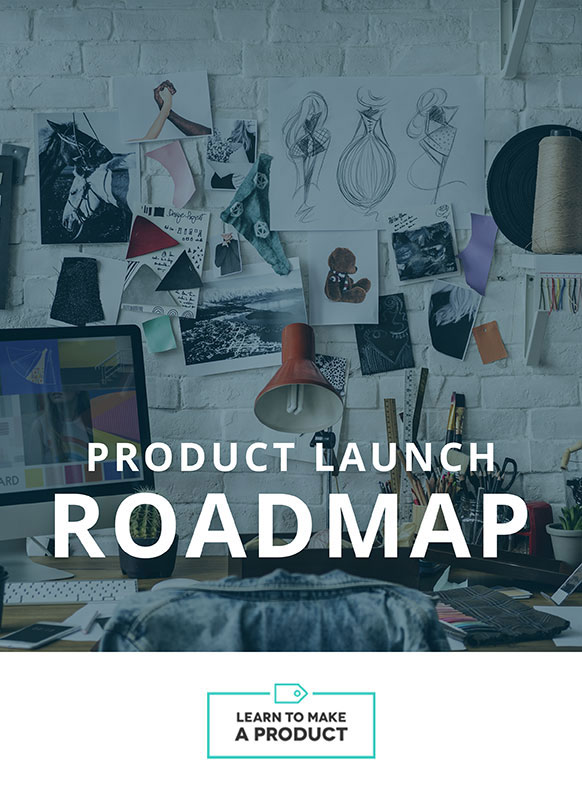This article originally appeared on our Forbes blog
Paying an overseas supplier for the first time (or second, or third!) can be a nerve-wracking endeavor. Are they trustworthy? Will they deliver what they’ve promised? Are they even a real company?! Unfortunately – and I wish this weren’t true – some of the nervousness is warranted. After helping countless entrepreneurs untangle manufacturing problems with factories, I’ve seen my share of bad apples.
The good news however is that when things go wrong, it’s almost always the result of an easily avoidable mistake. A review of an overseas transactions that has gone awry usually uncovers one of the following errors.
Mistake #1: Not Requesting a Sample
Requiring that a supplier send you a sample of whatever you’re buying before paying them may seem like common sense, but it’s a step many people skip. They do so for one of two common reasons. The first is that suppliers may make a compelling argument for why samples are not needed. For example, “Don’t worry, we produce for many big companies!” or “Sending a sample will just be extra time and money. Our quality is great so there’s no need.” While this logic is flawed (big companies still require samples and the cost of securing them is nominal compared to risks of not doing so), new entrepreneurs who lack experience are more likely to be swayed.
The second reason is that people believe photos are a sufficient form of approval. A factory might email a picture of a material sample or finished product that looks great, but when the actual order arrives the specifications deviate in a way that was not apparent on a screen. Even worse is when the “sample” in the photo is completely different than the item ultimately shipped.
Mistake #2: Paying 100% upfront
It’s always best to structure supplier agreements using a deposit/balance schedule. As with many other industries, you pay a deposit to start a production order (typically between 30-60% of the total purchase order value) and then issue the balance payment prior to their release of the finished goods. There are a few instances where it is industry standard to require full payment up front, such as when a supplier is creating custom molds for a metal or plastic component of your product. While paying in advance for certain fees is unavoidable, deposits are the norm in most production scenarios.
When you pay a supplier in full at the start of a project, you lose your most compelling negotiating tool – a refusal to send more money until the company corrects unsatisfactory work. You also increase your financial exposure should they fail to deliver entirely. While it’s terrible to completely lose a 30% deposit payment if a supplier disappears, it’s even worse to lose it all!
Mistake #3: Sending Money to a Fake Account
While most supplier disputes are the result of a miscommunication or mismatched expectations, a small number are due to outright deceit. An increasingly common type of fraud occurs when rogue individuals imitate legitimate factories, convincing foreign buyers to send deposit payments for various goods and services that they have no intention of rendering.
To avoid this type of transaction, check that the ‘Pay To’ account information on the invoice is the same as the company name who you are supposedly doing business with. For example, if you are buying buttons from XYZ Button Co. but the payment instructions on the invoice ask you to send a wire transfer to QRZ Inc., consider it a red flag. The same is true if you are asked to pay large sums of money via paypal or issue a bank transfer to an individual’s personal account. In short, make sure the names on all invoices, bank accounts, and shipping documents match the name of the actual factory.
—–
Setting up trustworthy supplier partnerships involve more than just payment practices, but being aware of these classic mistakes is an important part of protecting your investment!
